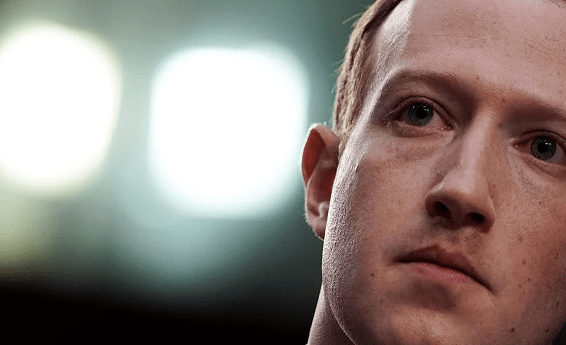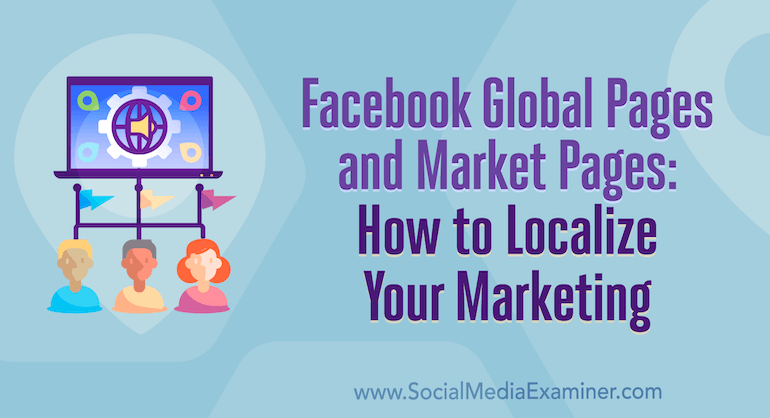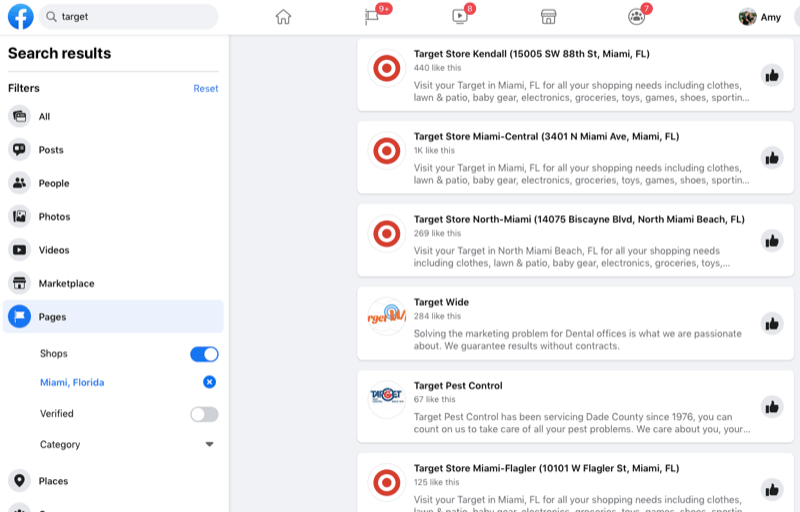By John Murphy
Good SEO and content strategy can help ecommerce store owners be less reliant on paid traffic.
Search Engine Optimization (SEO) has become a buzz word over the last few years. Many areas of online business have been implementing solid SEO strategies for a while, but ecommerce is still slow to join the rest. Ecommerce stores have been trained to use paid methods, like Google Shopping Ads, Facebook Ads and other social media ads to get people to click through to their store. However, with the ever-increasing cost it takes to acquire new customers, ecommerce store owners should get on board with SEO and develop a solid content strategy for long-term growth and reduce their cost to acquire new potential customers.
The one-legged stool
As I mentioned earlier, the cost of bringing new customers to your ecommerce store is going to keep increasing. If your store is solely reliant on paid traffic, let’s say from Google Shopping, and Google decides you violated one of the many advertising policies, all your traffic dries up and you’re out of business. No traffic means no sales and no sales means you’re out of business by the end of the month.
Relying solely on paid traffic channels is like having a one-legged stool. It’s a lot more secure for the health and longevity of your business to have more legs under the stool, in case one leg gets taken away from you. SEO is one of those legs you need to apply. Not only is it free traffic, but as long as you provide valuable information for the readers, there’s no risk of being removed in the same way paid channels can shut you out.
The results of a well-executed SEO and content strategy take time. Often, an ecommerce store won’t see significant organic traffic for 6 to 12 months after publishing those first pieces of content. But if you keep implementing and producing solid, helpful content, the effects compound over time.
I got banned from Google and Facebook
I share all this from my own experience as an ecommerce store owner. I relied solely on Google and Facebook ads to get traffic and for some unknown reason back in early 2019 both platforms decided I had violated a policy. After that point, I couldn’t get back in their good books.
I went down the SEO rabbit hole out of desperation to get some traffic and started producing content that shoppers in the research phase would find helpful. I put out other content about the best products by category to help customers choose wisely, and when those pieces of content started ranking, I was getting more traffic than ever. To give you an idea of the timeline, I started publishing content in February 2019, and by June I was already getting traffic and sales. Over time, the traffic kept growing and I kept producing helpful content. In 2020, I generated over $2 million in sales from that organic strategy from only one ecommerce store.
If I hadn’t gotten started with SEO I’d be out of business today.
Get started before you need to
Don’t do what I did and wait for the wheels to fall off after one or more paid channels drop the ban hammer. Start by writing a couple of pieces of content to get started. You don’t need a five-year content strategy on day one.
For ideas on what to write, you can write a guide to your niche and what to look out for when choosing the right product. You can answer the most frequently asked questions you receive. When people type that question into the search engine and your post helps them out, you will be recognized over time as the go-to place for research and answers. Then people will grow to trust your store and will prefer to purchase from you.
There are literally thousands of blog topics that you can produce to get more traffic, but the important thing is to get started. Over time, you will learn some more advanced content strategies that you can apply to create a better ranking chance. If you can implement some semblance of a content plan into your ecommerce store and stick to it, you’ll look back in a year and wonder why you paid so much for visitors in the first place.
By John Murphy
John Murphy is the founder of Survivalist, a seven-figure ecommerce business that’s growing fast.













